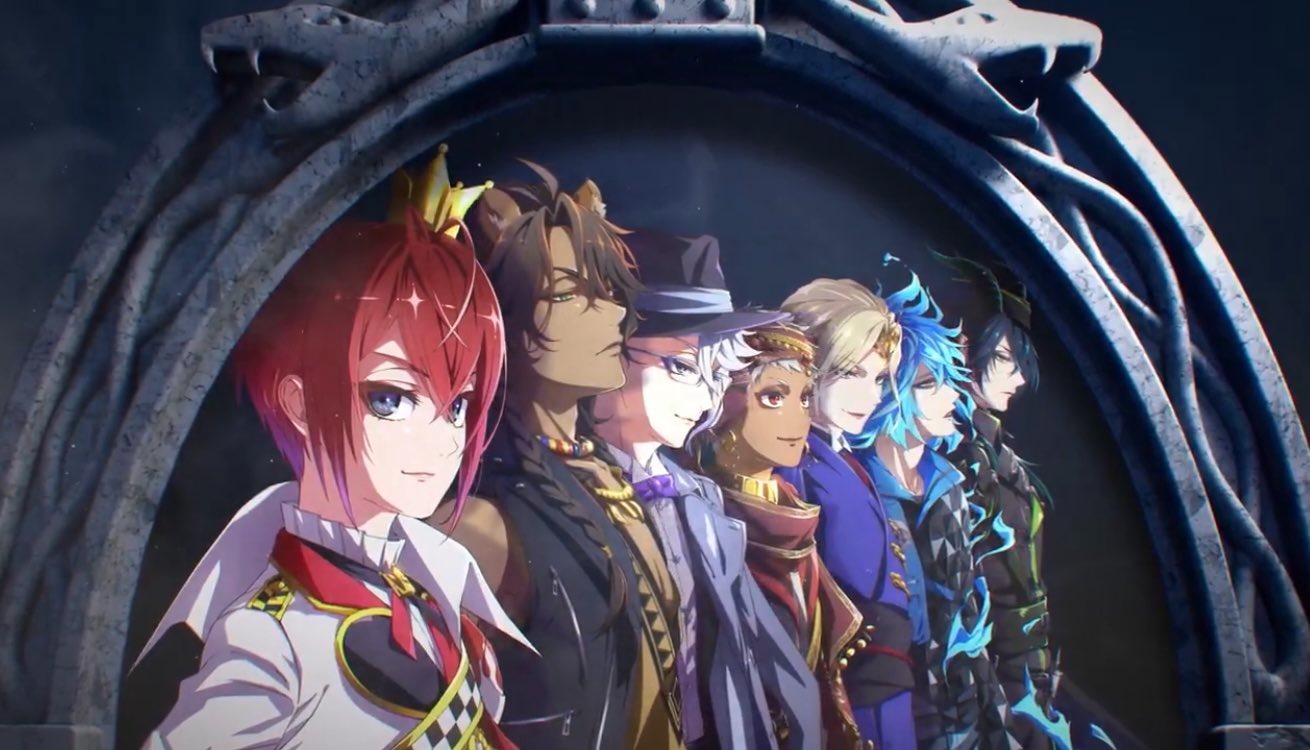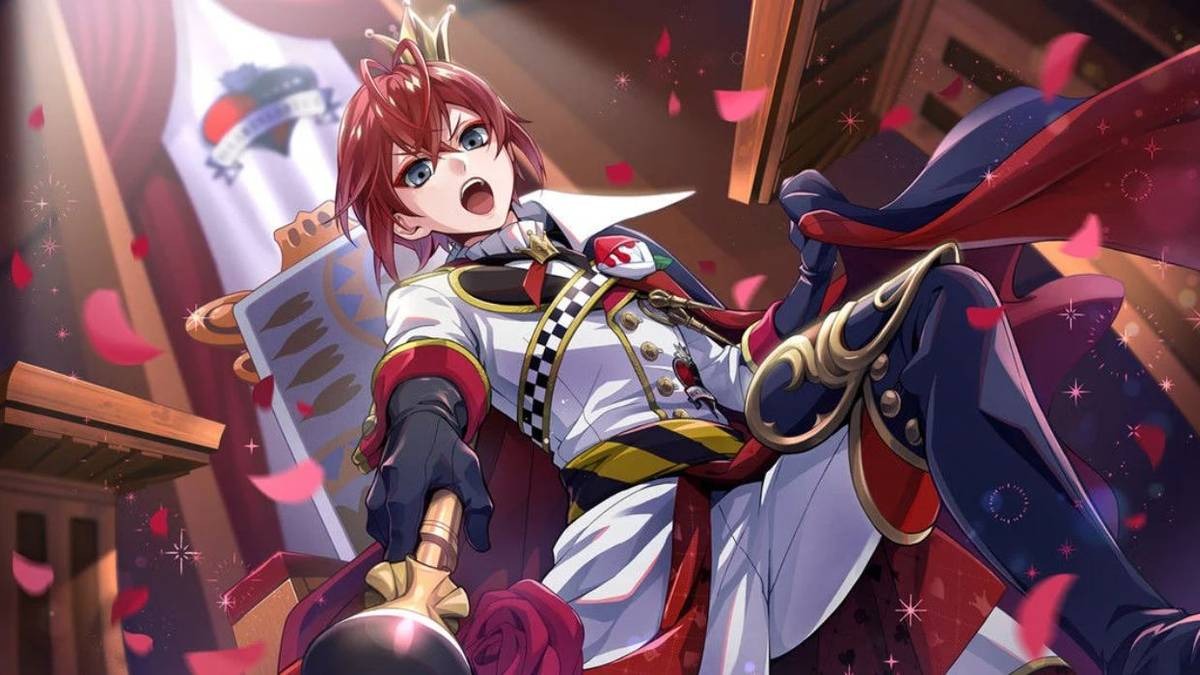
Disney continues its creative expansion into the world of anime with Disney Twisted-Wonderland: The Animation, a visually captivating and surprisingly heartfelt adaptation of the hit mobile game developed by Aniplex and Walt Disney Japan. Guided by Black Butler creator Yana Toboso, the series honors Disney’s legacy of storytelling while embracing the style, structure, and energy of modern Japanese animation.
I was given the opportunity to watch the first three episodes of the eight-episode debut season, premiering October 29, 2025 on Disney+. While I was new to both the game and manga, the series quickly pulled me into the magic of its world and the darker side of Disney’s imagination.
A World Where Villains Rule
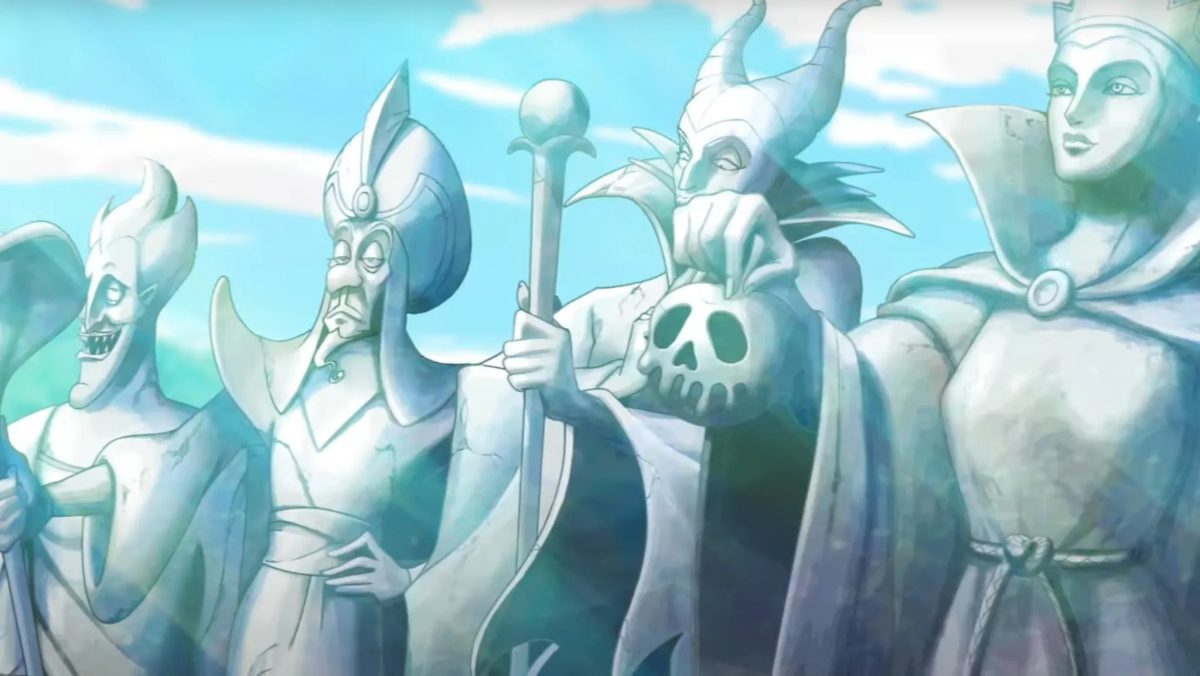
The story follows Yuken (Yu), voiced by Jonathon Ha, an ordinary high school student unexpectedly transported into Twisted-Wonderland, a realm shaped by the legacies of Disney’s greatest villains. He finds himself stranded at Night Raven College, an elite academy where magic reigns supreme and every student draws inspiration from one of seven iconic figures: the Queen of Hearts, King of Beasts, Sea Witch, Sorcerer of the Sands, Fairest Queen, King of the Underworld, and Thorn Fairy.
Lacking any magic of his own, Yu must rely on instinct, courage, and newfound friendships to navigate this strange world of monsters, rivalries, and secrets. The premise feels familiar to fantasy fans, yet the way it reimagines Disney lore through an anime lens gives it a distinct voice that’s both nostalgic and fresh.
Animation and Aesthetic
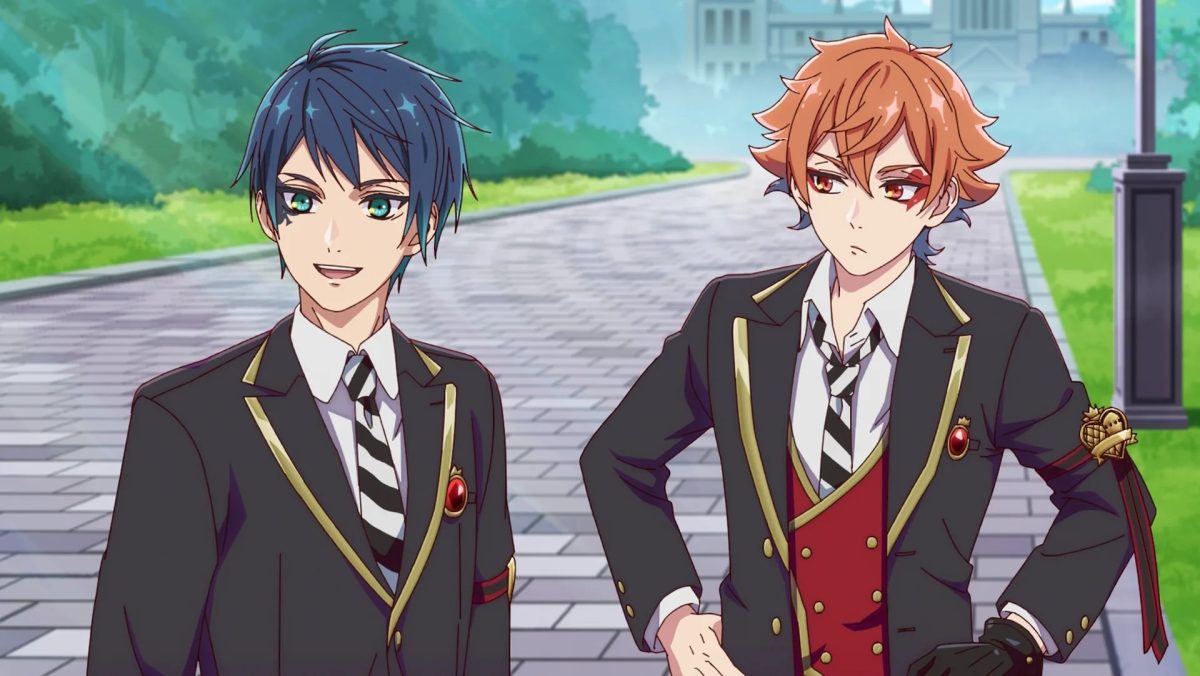
Produced by Yumeta Company and Graphinica, Twisted-Wonderland is a visual treat. The animation merges Western cinematic polish with the fluid expressiveness of Japanese storytelling. The color palette is lush, filled with glowing blues, deep purples, and candlelit reds that create an atmosphere of mystery and wonder.
The first two episodes lean into worldbuilding, carefully introducing the school’s seven dorms and their distinct leaders. By the third episode, the pacing quickens as the stakes rise and the show begins to showcase its action sequences and emotional depth.
The opening theme, “Piece of My World” by Night Ravens, delivers energy and flair, while the ending theme, “Obedience”, complements the tone perfectly. Each episode also includes an amusing post-credit mini-segment, offering quick moments of humor that help balance the darker themes.
The Houses of Night Raven College
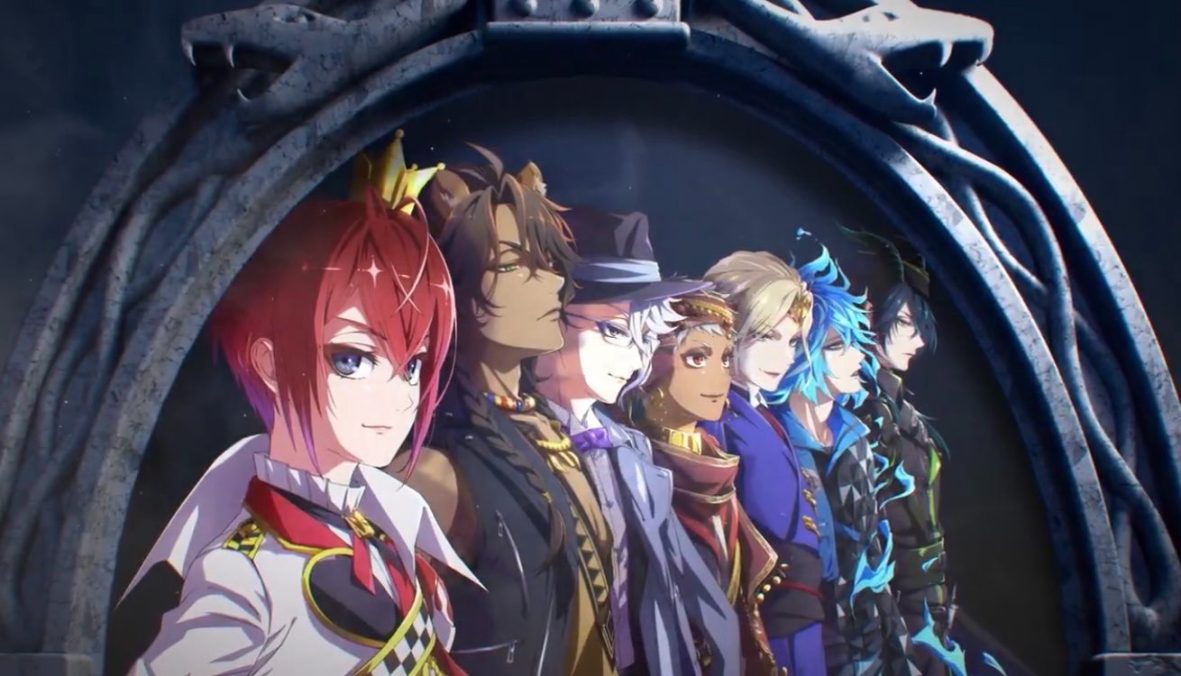
One of the highlights of Twisted-Wonderland is how it reinterprets Disney’s classic villains into new dorm cultures that feel lived-in and believable. Each dorm has its own personality and values, all echoing the character traits of the villains who inspired them:
- Heartslabyul (Alice in Wonderland) – Orderly, rule-bound, and charmingly chaotic.
- Savanaclaw (The Lion King) – Competitive, wild, and fiercely loyal.
- Octavinelle (The Little Mermaid) – Business-minded, persuasive, and dangerously clever.
- Scarabia (Aladdin) – Strategic, secretive, and built on strong bonds.
- Pomefiore (Snow White) – Elegant, disciplined, and obsessed with perfection.
- Ignihyde (Hercules) – Isolated geniuses who value intellect above all else.
- Diasomnia (Sleeping Beauty) – Mysterious, regal, and steeped in ancient power.
Watching these dorms interact gives the show its heart and humor. Their dynamics mirror familiar Disney themes of ambition, jealousy, and self-discovery, yet they feel uniquely anime in their presentation.
Characters and Performances
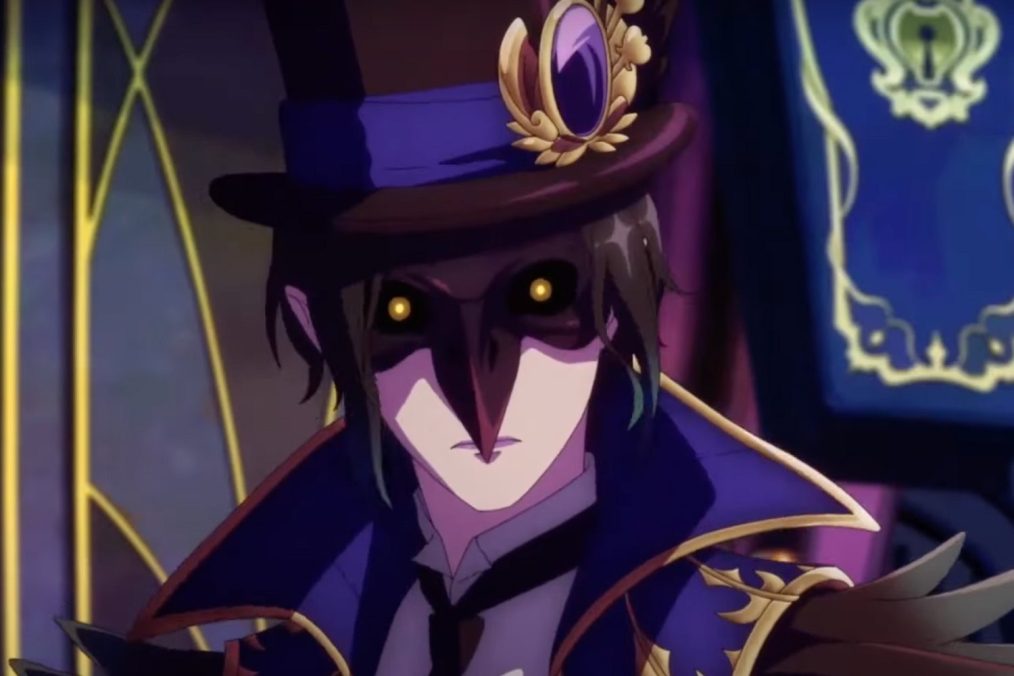
The English voice cast brings tremendous energy to the show, filled with fan-favorite talent such as Ben Diskin, J. Michael Tatum, Zeno Robinson, Johnny Yong Bosch, and Crispin Freeman.
Ben Diskin’s Grim—a mischievous, magic-wielding cat—steals the spotlight with sharp humor and chaotic charm. J. Michael Tatum gives Dire Crowley a theatrical edge, while Paul Castro Jr. and Max Mittelman shine as Riddle Rosehearts and Ace Trappola, adding balance between comedy and heart.
These performances help ground the show even as it leans into fantasy, keeping the characters relatable and memorable.
Story and Tone
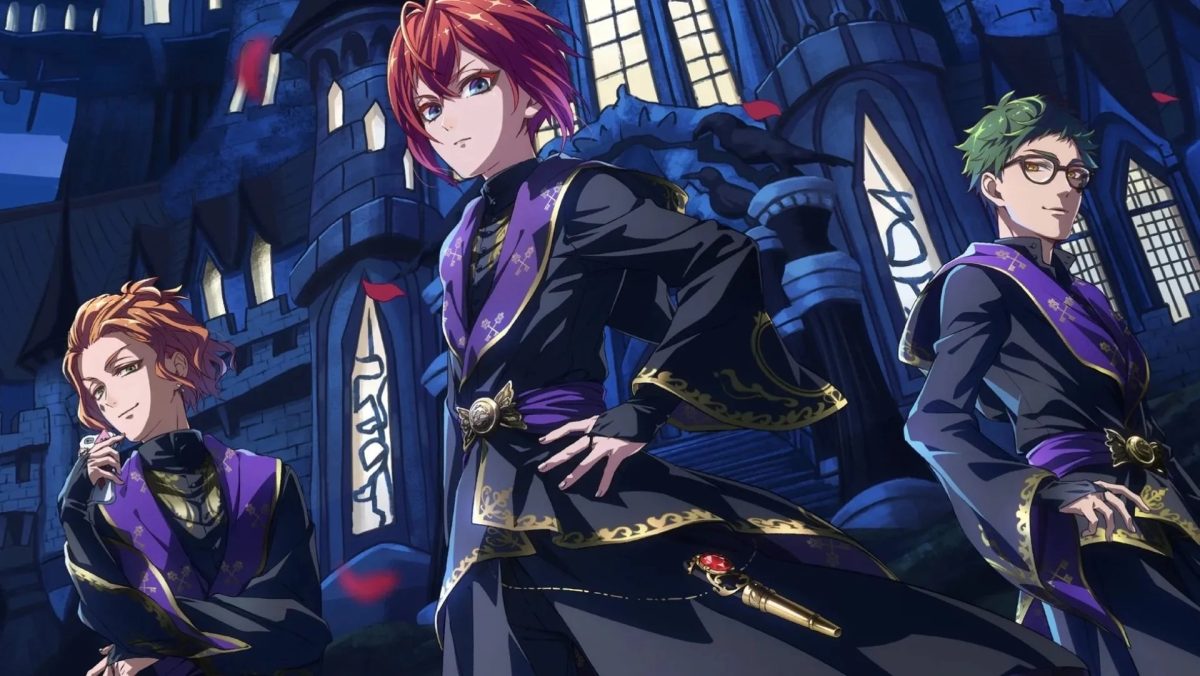
While the first two episodes primarily serve to introduce the world and its characters, they do a commendable job of setting up the emotional and thematic framework. The narrative explores belonging, self-acceptance, and the power of identity—fitting themes for a story set in a world built on the legacies of villains.
By episode three, the storytelling begins to shift gears, teasing larger mysteries and more intense conflicts. The show’s pacing reflects confidence in its material, gradually layering complexity rather than rushing to spectacle.
It’s worth noting that the first act doesn’t reinvent the genre. For seasoned anime fans, the archetypes and pacing will feel familiar, but the Disney twist adds a refreshing layer of intrigue.
Connections to Disney Lore
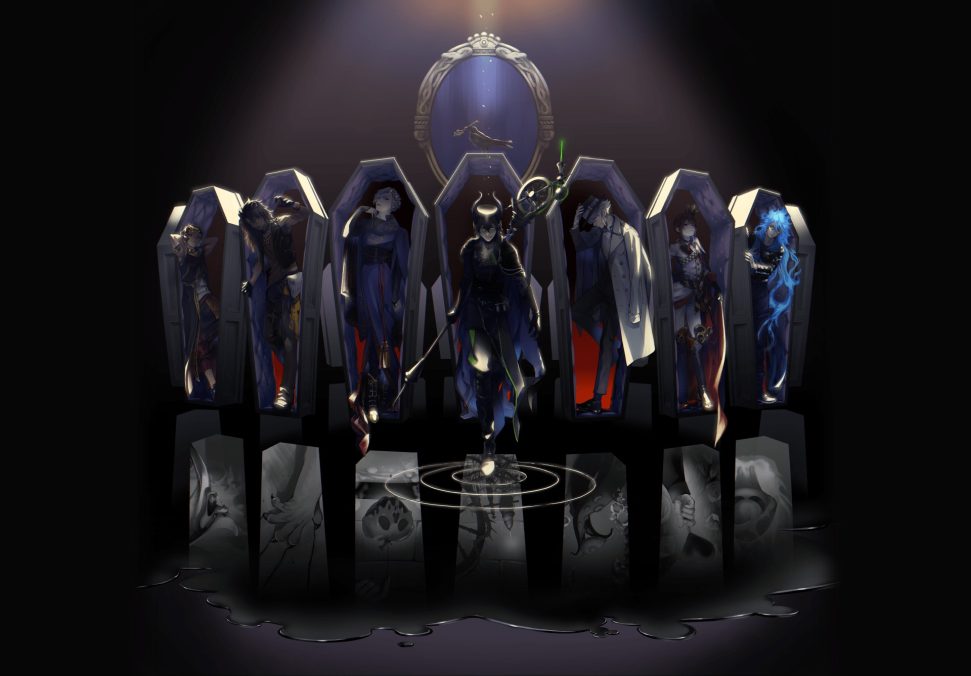
What makes Twisted-Wonderland especially interesting is how it weaves itself into Disney’s broader mythology. The Magic Mirror acts as a narrative bridge to other Disney worlds, echoing its appearances across Snow White, Fantasmic!, and Wish.
Episode two, in particular, delights in reimagining classic Disney villains—The Evil Queen, Jafar, Scar, and others—through elegant animation and symbolic storytelling. The blend of Western and Eastern design philosophies gives the show a distinct visual identity, and it’s thrilling to imagine how these crossovers could evolve in future seasons.
Final Reflection
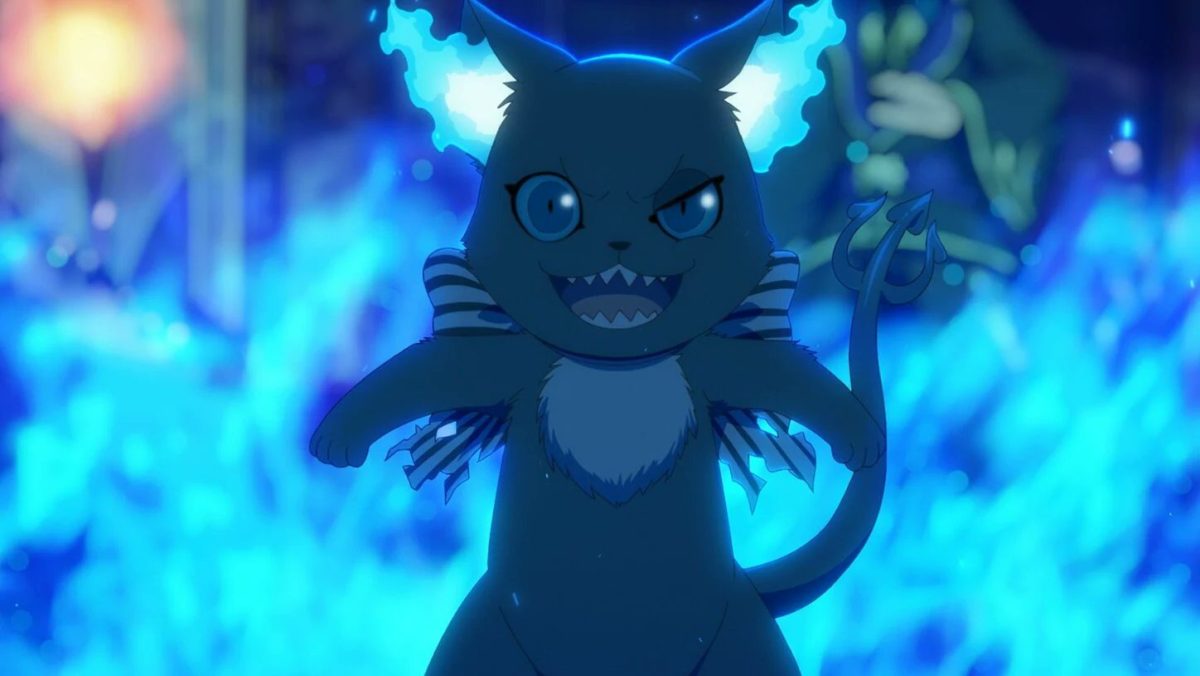
Disney Twisted-Wonderland: The Animation doesn’t aim to redefine anime, but it accomplishes something equally exciting: it opens a new creative door for Disney and anime to coexist. The series delivers on visual flair, clever storytelling, and nostalgic appeal, proving that even in a saturated market, there’s still magic to be found in creative collaboration.
Seeing Disney dive deeper into anime storytelling is a win for everyone—fans of both mediums, animators eager to experiment, and audiences who crave more than the usual formula. It’s exciting to see major studios embrace this art form and take it seriously. If this is the start of Disney’s anime era, consider it a promising one.
Editor-in-Chief | Owner
I’m a dedicated aficionado of all things movies, pop culture, and entertainment. With a passion for storytelling and a love for the silver screen, I’m constantly immersed in the world of cinema, exploring new releases, classics, and hidden gems alike. As a fervent advocate for the power of film to inspire, entertain, and provoke thought, I enjoy sharing my insights, reviews, and recommendations with fellow enthusiasts.

